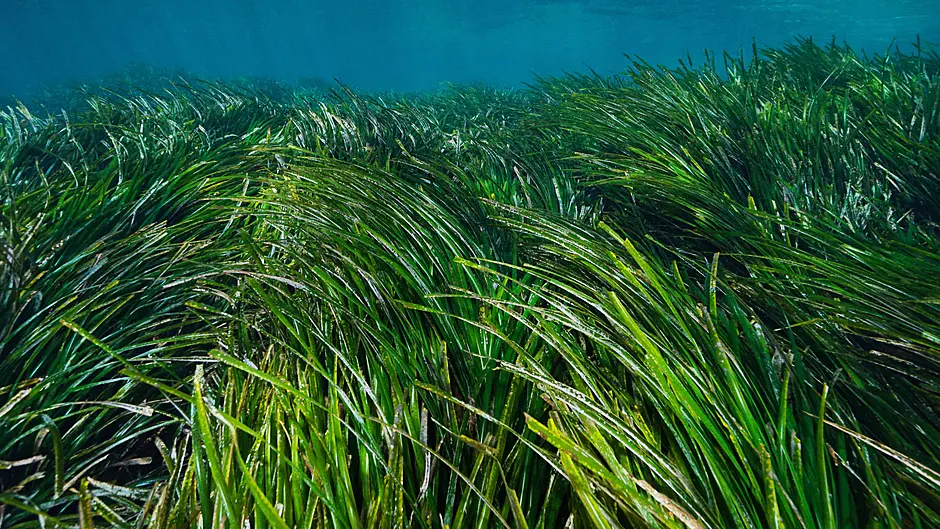A PROJECT launched in West Cork aims to tackle the destruction of ocean seagrass off the Irish coast.
The Save Our Seagrass campaign is being undertaken by Blue Ocean Watch (BOW), a multidisciplinary team of research scientists, filmmakers, writers, and digital technology specialists aiming to highlight ocean conservation.
The project aims to assess the reasons for the decline of seagrass meadows off the south-west coast.
The Irish leg of the project was launched at the West Cork Film Studios in Skibbereen.
Seagrass absorbs carbon from the water up to 35 times faster than tropical rainforests and generates oxygen in the process. Even though globally seagrass only covers around 0.2% of the seafloor, it absorbs 10% of the ocean’s carbon each year, making it an important tool in the fight against climate change.
Seagrass is also home to large fish populations.
Invasive seaweed called sargassum muticum is believed to have damaged seagrass beds off Irish coasts, including at Bantry Bay, blanketing the seagrass.
BOW say the only way to remove it is for trained volunteers to work by hand by wading or by snorkelling at low tide.
There is, however, a lack of legal clarity on this which must be addressed with local authorities.
Laboratory tests of this seaweed suggest it is suitable as a soil conditioner and fertiliser so local farmers can apply it to their land.
The cost of a long-term restoration project would be between €100,000 and €200,000 annually ‘to make substantial inroads to restoring seagrass around Ireland’, according to BOW.
BOW was founded by Terence Bulley, who has specialised in underwater filming over a 45-year career. He founded the organisation having witnessed the degradation of oceans up close. Clément Flornoy will manage the BOW initiative in Ireland.
Leading the restoration project will be BOW team member, Dr Sebastian Hennige who together with another team member, Professor Murray Roberts has, for many years, been studying and working with all facets of seagrass restoration at St Abbs Marine Station in Scotland, with the University of Edinburgh.
They propose to find areas of seagrass meadow decline around Ireland and assess possible reasons for the decline, from pollution to habitat destruction to fishing practices, and to then engage with local stakeholders to find ways of mitigating the damage and, where possible, protecting these areas.
BOW envisages underwater filming of seagrass meadows to allow people to glimpse at this underwater world.










